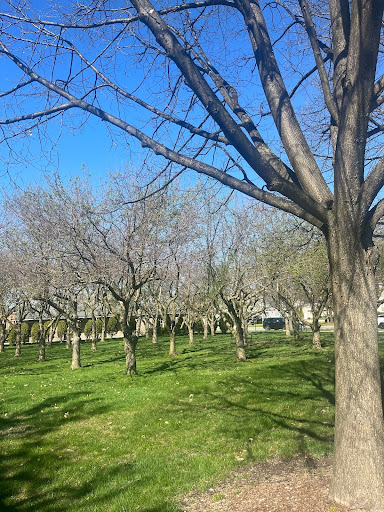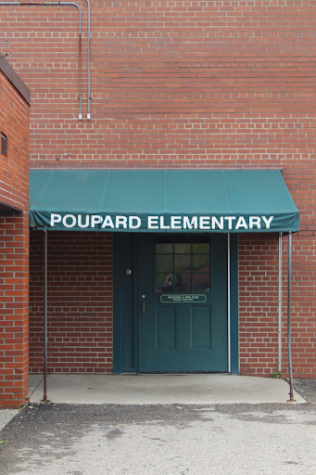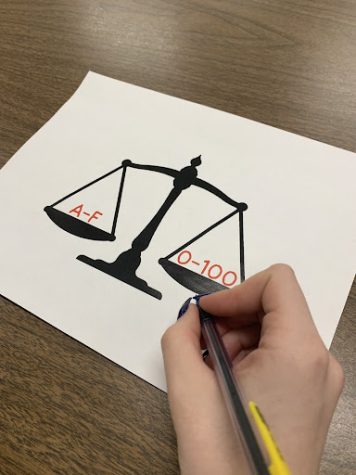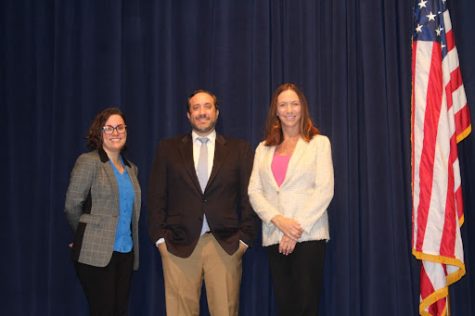The connection between forensic science and Idaho murders

Photo credit: Isabella Boedeker
February 2, 2023
In the early morning of Nov. 13, four University of Idaho students were stabbed to death in their house in Moscow, Idaho. 28 year-old suspect Bryan Kohberger was arrested on Dec. 30. Kohberger is a graduate student at Washington State University, which is located less than 10 miles away from the University of Idaho. Washington State University identifies Kohberger as a Ph.D student in the department of criminal justice and criminology.
Since Kohberger was studying criminology, some wonder if his background in the field had an impact on his motive. According to forensic science teacher Elizabeth Michaels, these courses provide information to students, not a reason to commit crime. The forensic science class taught by Michaels allows for students to gain a basic understanding of what forensic science is.
“Every unit we take a look at a specific piece of evidence, so we become experts in finding evidence, ” Michaels said. “We use things like hair fibers, fingerprints, blood typing and blood spatter, and for the final exam the students have to solve a crime and they have to find and analyze every piece of evidence in that crime scene.”
Forensic science uses DNA technology to link criminals to the crimes they commit. In the Idaho case, law enforcement used DNA analysis techniques such as Short Tandem Repeat (STR) which is used for everything from identifying criminal suspects to conducting paternity tests. Kohberger’s DNA was found on a knife sheath at the crime scene, which led agents to recover trash from the Kohberger family residence in Albrightsville, Pennsylvania. They sent this garbage to the Idaho State Lab to be tested for DNA, allowing a DNA profile to be obtained from the trash which was compared to the DNA profile obtained from the sheath.
As seen in the Idaho murders, the intent of using forensic science in crime is not just to prove someone guilty. Instead, it is the development of objective findings that can assist in the investigation, as emphasized by Michaels.
“Forensic science is about uncovering, interpreting and documenting evidence,” Michaels said. “It’s about taking a piece of evidence and saying, ‘this is everything we can tell about it’ from using scientific analysis.”










